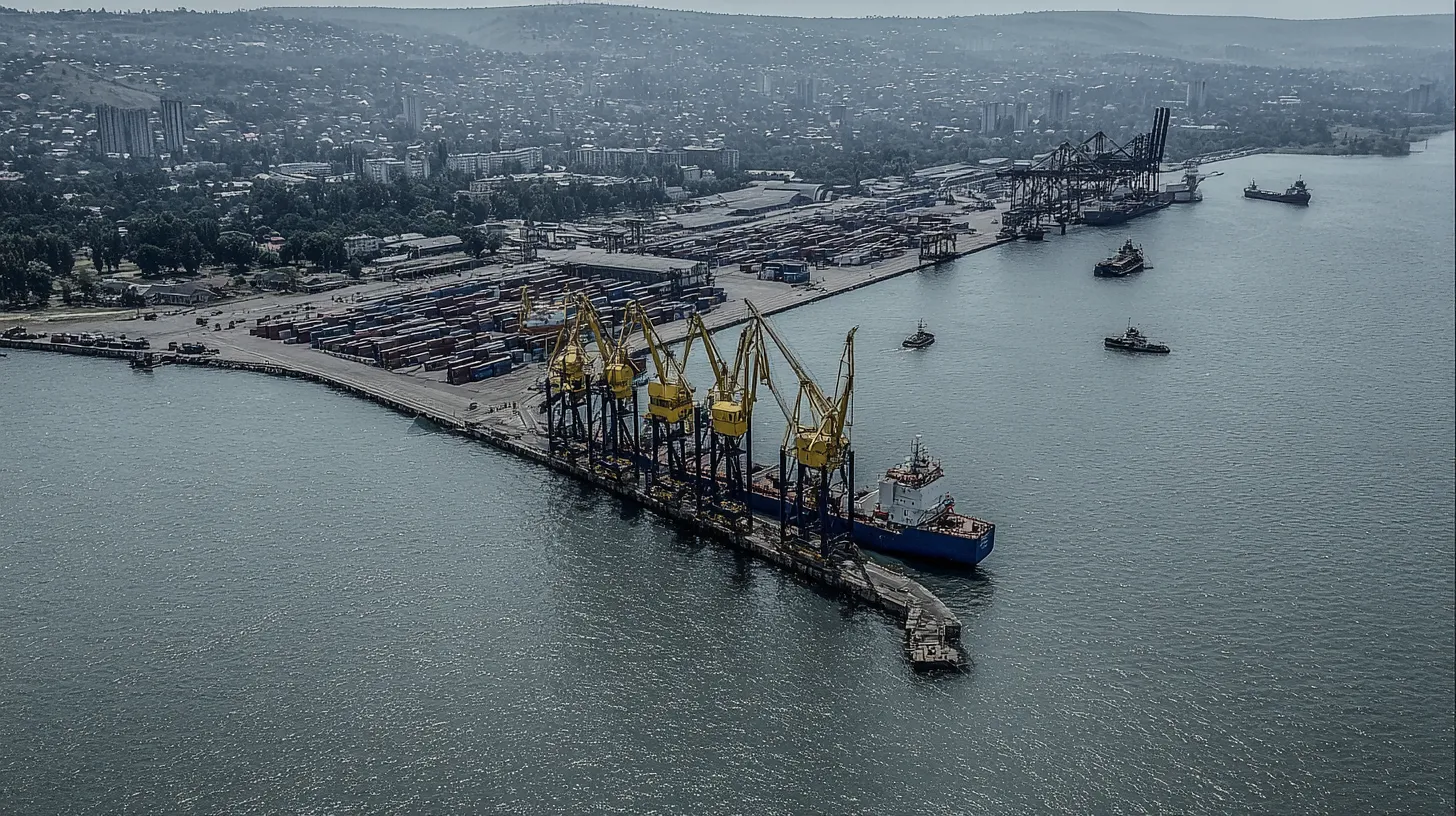The State Duma approved an increase in VAT to 22%: the budget will receive an additional 4.4 trillion rubles
The State Duma adopted a law on a phased increase in value-added tax from 20% to 22%, which will enter into force in 2026. Changes have been made to the Tax Code and are aimed at increasing the revenue base of the federal budget in the context of rising defense and national security spending. The law retains a 10% discount rate for socially important categories of goods: food, medicines, children's goods, books, and breeding farm animals. At the same time, dairy products with a milk fat substitute have been removed from the list of beneficiaries and will be taxed at a rate of 22%.
According to the government's calculations, the VAT increase will bring an additional 4.423 trillion rubles to the federal budget in 2026-2028: 1.187 trillion rubles in 2026, 1.559 trillion rubles in 2027 and 1.677 trillion rubles in 2028. The Ministry of Finance emphasizes that the purpose of the reform is to strengthen the country's financial stability and ensure priority budget expenditures.
The central bank noted that the rate change will inevitably affect inflation expectations, especially in the short term. The regulator stressed the need to monitor secondary effects, as businesses will adapt pricing to meet new costs. Experts believe that in the longer term, the VAT increase can play a stabilizing role by reducing the budget deficit and improving the balance of macroeconomic policy.
President Vladimir Putin said earlier that the VAT increase would enable the government and the Bank of Russia to more accurately set fiscal and monetary policies. He also stressed the importance of controlling the shadow sector in order to avoid businesses avoiding taxation after a rate change.
In 2025, VAT will provide 15.7 trillion rubles of budget revenue. In 2026, even without taking into account the rate increase, this figure was supposed to increase to almost 17 trillion rubles only due to nominal GDP growth. Taking into account the new rate, additional revenues will exceed 1 trillion rubles in the first year of the reform.









